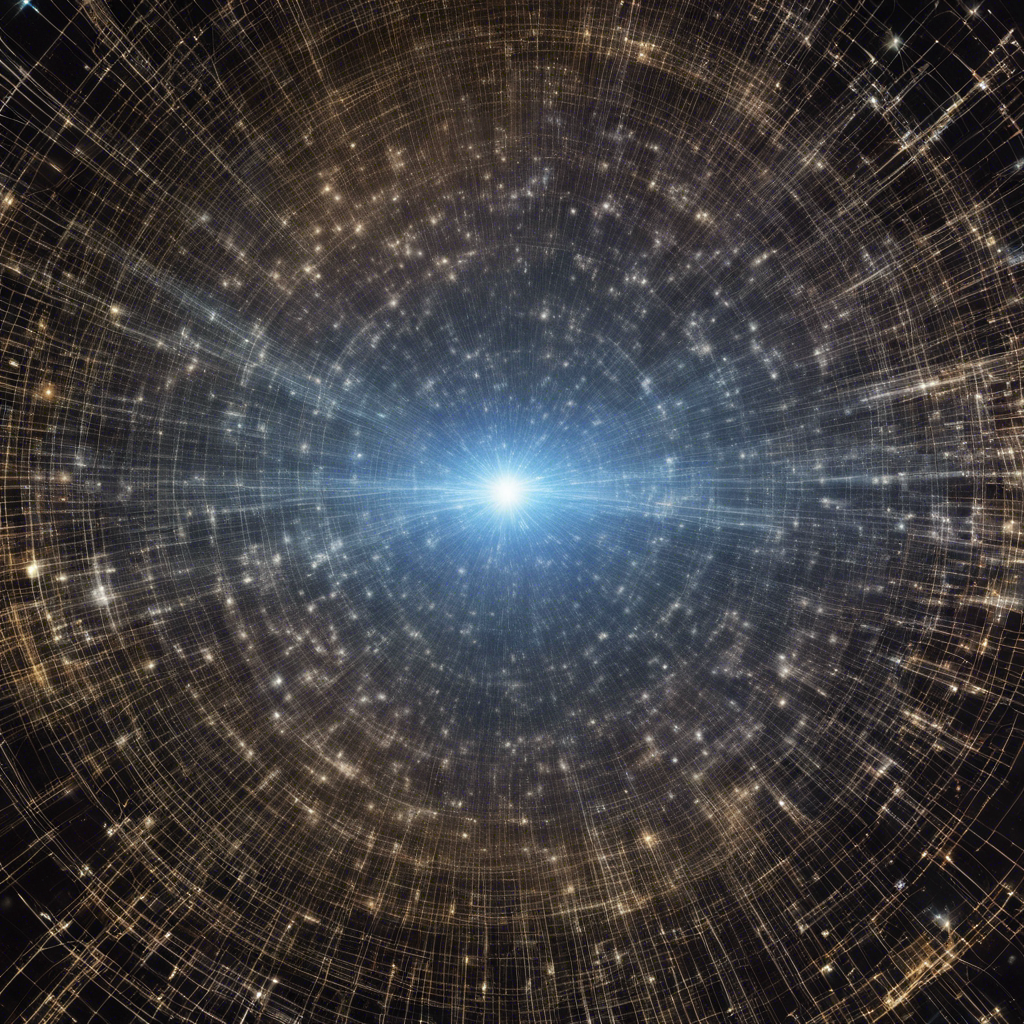Baffling Discovery: Rare High-Energy Particle Detected from Empty Space

Astronomers are puzzled by the detection of an ultra-high-energy particle, named Amaterasu, that appears to originate from an empty region of space.
Astronomers have made a perplexing discovery as they detected an extremely high-energy particle that is falling to Earth from what seems to be an empty area of space. Named Amaterasu, after the sun goddess in Japanese mythology, this particle is one of the most energetic cosmic rays ever detected. The mystery lies in the fact that only the most powerful cosmic events are believed to produce such high-energy particles, yet Amaterasu seems to have emerged from the Local Void, a seemingly empty region bordering the Milky Way galaxy. This discovery has left scientists questioning the source and nature of this enigmatic particle.
Unprecedented Energy Levels
The Amaterasu particle has an energy exceeding 240 exa-electron volts (EeV), which is millions of times higher than particles produced in the Large Hadron Collider. To put it into perspective, it is equivalent to the energy of a golf ball traveling at 95mph. This level of energy is second only to the Oh-My-God particle, another ultra-high-energy cosmic ray that was detected in 1991. The energy of Amaterasu far surpasses what is typically associated with energetic events like supernovae, leading scientists to search for alternative explanations.
Tracing the Origins
Scientists have attempted to trace the trajectory of Amaterasu to its source, but they have been unable to identify a high-energy event that could have produced it. The particle’s path points towards empty space, similar to the Oh-My-God particle, which also lacked a discernible source. This raises questions about the accuracy of current models regarding high-energy particle physics and the understanding of the universe’s magnetic fields.
Potential Explanations
One potential explanation for the origin of Amaterasu’s energy could be a super-massive black hole at the center of another galaxy. In the vicinity of these massive entities, matter is stripped down to its subatomic structures, and particles are accelerated to near the speed of light. However, the empty space from which Amaterasu emerged suggests a larger magnetic deflection than predicted or an unidentified source within the Local Void. Scientists are also considering the possibility of defects in the structure of spacetime or colliding cosmic strings, as conventional explanations fall short in this case.
The Role of the Telescope Array
The Telescope Array observatory in Utah played a crucial role in detecting the Amaterasu particle. Situated at an elevation of 1,200m (4,000ft), this observatory is uniquely positioned to capture ultra-high-energy cosmic rays. The dry air and dark skies of Utah’s West Desert provide optimal conditions for detection, as humidity and light pollution can interfere with the observation of cosmic rays. The ongoing expansion of the Telescope Array, with 500 new scintillator detectors, is expected to enhance the observatory’s ability to capture more of these extreme events and potentially shed light on the origin of particles like Amaterasu.
Conclusion:
The detection of the Amaterasu particle, an ultra-high-energy cosmic ray originating from an empty region of space, has left astronomers puzzled. Its unprecedented energy levels and mysterious source challenge current understandings of cosmic events and high-energy particle physics. Scientists are exploring various explanations, including super-massive black holes and unconventional phenomena like defects in spacetime or colliding cosmic strings. The ongoing expansion of the Telescope Array observatory offers hope for unraveling the secrets behind these enigmatic particles. As researchers continue to investigate, the discovery of Amaterasu opens up new avenues for understanding the universe’s most powerful and elusive phenomena.










